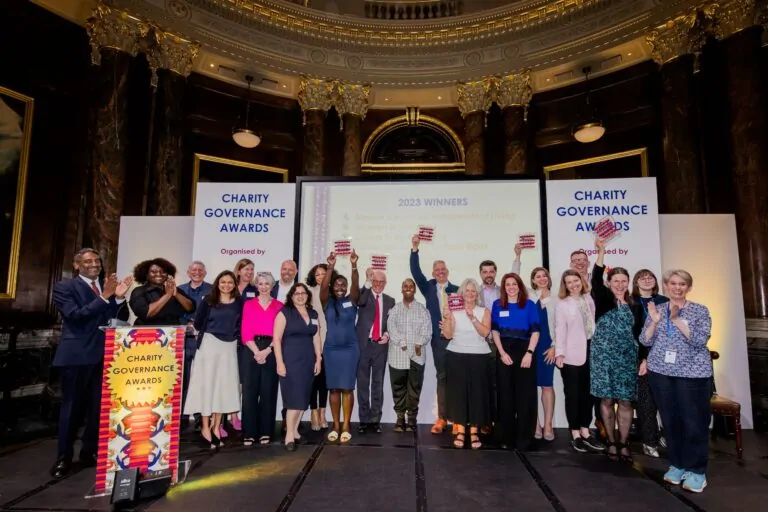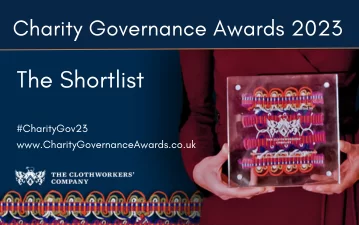Standing out from the crowd: strategies to ensure your organisation has visibility and impact
We know that your organisation is working to make the world a better place. So, how do you make sure that your impact and job vacancies aren’t overlooked?
Prospectus’ Advertising and in-house Design team deliver high-impact, innovative recruitment advertising campaigns across job boards, digital media, microsites and more. Our Designer, Kam, has put together her top tips and strategies to help ensure your organisation stands out in a digital-first world.
Effective communication
Your message should be clear and concise, with a clear hierarchy of information to grab your target audience’s attention. A well-designed document or webpage can simplify complex information leaving your audience with a better understanding of your message, which in turn creates a longer lasting impression on them.

Visual identity
On average, it takes 5 to 7 impressions for people to remember your brand. So, it’s important to make sure each time they see you, you make it count. Most people are visually oriented and will be attracted to visuals that capture their attention. Your identity should represent your values and purpose, drawing in people that resonate with you most.
Consistency and credibility
Forbes recently reported that by presenting a brand consistently across all platforms can increase revenue by up to 23%. Over time, being consistent with your visual identity and messaging means that those who recognise it can quickly pick you out from the crowd and further develop their knowledge and interest in your organisation. Your audience will be more likely to trust the information you share and remain loyal to you.
Information visualisation
Visual representations of facts and data can help people to understand complex information quickly and easily, and when shared in a compelling way makes it more accessible and engaging for your audience.


Memorable and shareable content
There is no hiding away from it; social media is part and parcel of the online world and is an immensely powerful platform. But you need to consider the way you are posting. By including a visual element to your social media post, it’s been proven you can increase your engagement over a basic text-only post. For example, Facebook posts with images see 2.3x more engagement than those without images, and short form offer the highest ROI of all marketing trends. Get those visuals right and you will soon start to see the results.
Yes, it’s a bit old-school in today’s digital-first world, but in some circumstances, it can still be relevant, particularly at any in-person events. Trifold leaflets and postcards are easy for people to take away with them as a reminder to call, email or look at your website at a time that’s convenient for them. Equally, if you hold conferences, printing a report with more comprehensive information means that your audience doesn’t have to waste time searching for the information that they need.
Accessibility and diversity
1 in 5 people will experience sight loss in their lifetime. To ensure your message reaches the maximum number of people, it is vital that everything is accessible to all and is representative of the society in which we live. Some key considerations to keep in mind from the get-go are:
- Colour contrast: make sure there is sufficient contrast between text and background elements.
- Typography: choose legible fonts and font sizes that are easy to read across different devices and screen sizes.
- Alt text: include descriptive text for images, charts and other visual elements that accurately convey the meaning and purpose of the visual content.
- Descriptive links: use meaningful text for hyperlinks instead of generic phrases like ‘click here’.
- Heading hierarchy: organise content with a heading structure to assist screen reader users to navigate through content more efficiently.
- Layout: make sure layouts are clean and easy to navigate, avoiding dense blocks of text. Make sure your layout is also responsive to different screen sizes and that the information remains clear and legible without the need to zoom in and/or out.
- Imagery: make sure that overall, images and illustrations of people used represent your audience.
In-depth accessibility guides can be found on the Sightsavers website.
If you would like to find out more about our design services, get in touch with our Designer, Kam Goodman or Advertising Director, Kiran Bhangal. Take a look at some examples of our design work on our Issuu profile.







